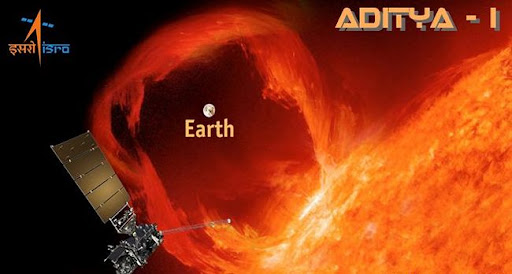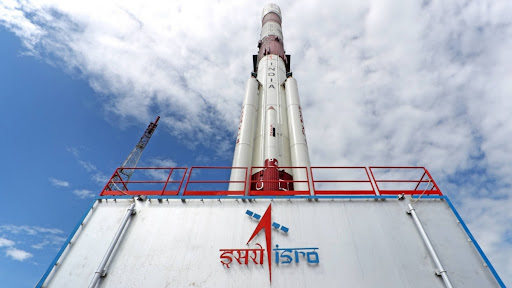Prerana Toshniwal, Pune
The Indian Space Research Organisation (ISRO) recently marked history by sending the first spacecraft near Moon’s south pole. With this, India also joins the list of countries to achieve a soft landing on the Moon, after the US, the former Soviet Union, and China. Following the successful landing of Chandrayaan-3 on the moon’s southern pole, India’s ISRO plans to launch five major space missions to further explore the universe.
Here’s how it has been so far:
- Aditya-L1: Aditya L1 is going to be the first space-based Indian mission to study the sun. It is set to take off on September 2, 2023. The mission will launch a space-based Indian observatory to study the sun and is planned to be placed in a Halo orbit around Lagrangian point 1 (L1) of the Sun-Earth system, which is around 1.5 million km from the Earth. This will give you the major advantage of continuously viewing the sun without any occultation or eclipse. The mission will study the photosphere, chromosphere, and outermost layers of the Sun (the Chroma). The estimated cost of Aditya-L1 is around 378 Crore.

Image credits: indiandefensenews.in
- Gaganyaan: Scheduled to launch in 2024, Gaganyaan is India’s first human space mission. The Gaganyaan project envisages a demonstration of human spaceflight capability by launching a crew of 3 members to an orbit of 400 km for a 3-day mission and bringing them back safely to Earth by landing them in Indian sea waters. First, the unmanned ‘G1 mission’ will launch in the fourth quarter of 2023, and the second unmanned ‘G2 mission’ will launch in the second quarter of 2024. In the G2 mission, a robot ‘Vyommitra’ will be sent. Vyommitra will mimic all human activities and if everything goes well the final human space flight ‘H1 mission’ will launch in the second quarter of 2024. The cost is estimated to be up to 9000 Crore.
- Mangalyaan 2: After its first Mars Orbiter Mission (MOM) was successful, ISRO called for an ‘Announcement of Opportunities’ on MOM-2 in 2024. This is India’s second interplanetary mission and the second mission to Mars. The planned lander for this mission has been canceled, and it will consist solely of an orbiter. This mission will include a Hyperspectral camera, a high-resolution Panchromatic camera, and a radar to study the Martian crust.
- NISAR Satellite: The NASA-ISRO Synthetic Aperture Radar is a low-earth orbit (LEO) observatory being jointly developed by NASA and ISRO. NISAR will map the entire globe in a span of 12 days and provide spatially and temporally consistent data for understanding changes concerning Earth’s ecosystems, ice mass, vegetation biomass, sea level rise, groundwater, and natural hazards, including earthquakes, tsunamis, volcanoes, and landslides. The target launch readiness date is set for January 2024. The estimated cost for this mission is Rs. 12000 Crore.
- Shukrayaan 1: Tentatively scheduled for 2031, Shukrayaan 1 is ISRO’s Venus mission, which was expected to be launched in December 2024 but has been postponed for now. Optimal launch windows from Earth to Venus occur once every 19 months, but even more optimal windows, which further reduce the amount of fuel required at liftoff, come around every eight years, so this mission may now be launched in 2031.
